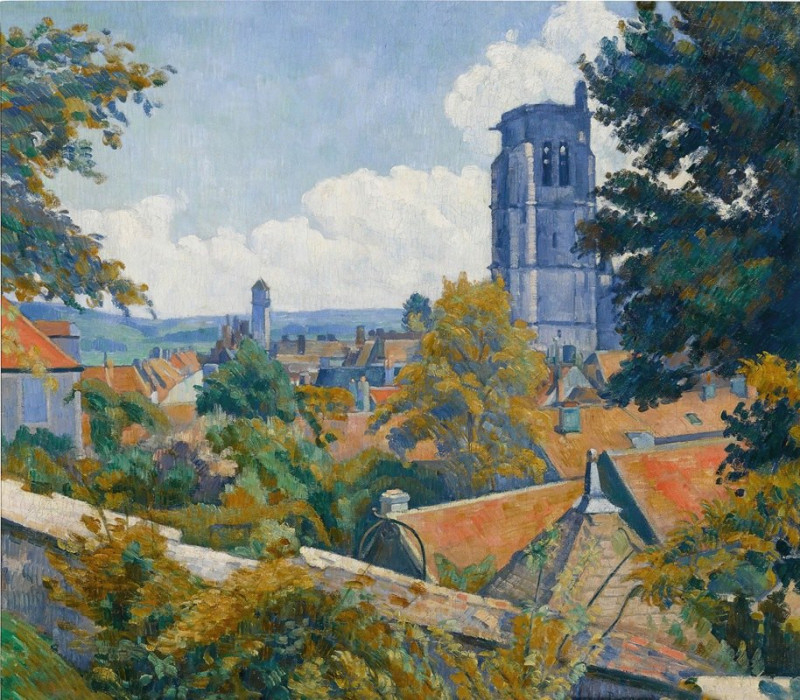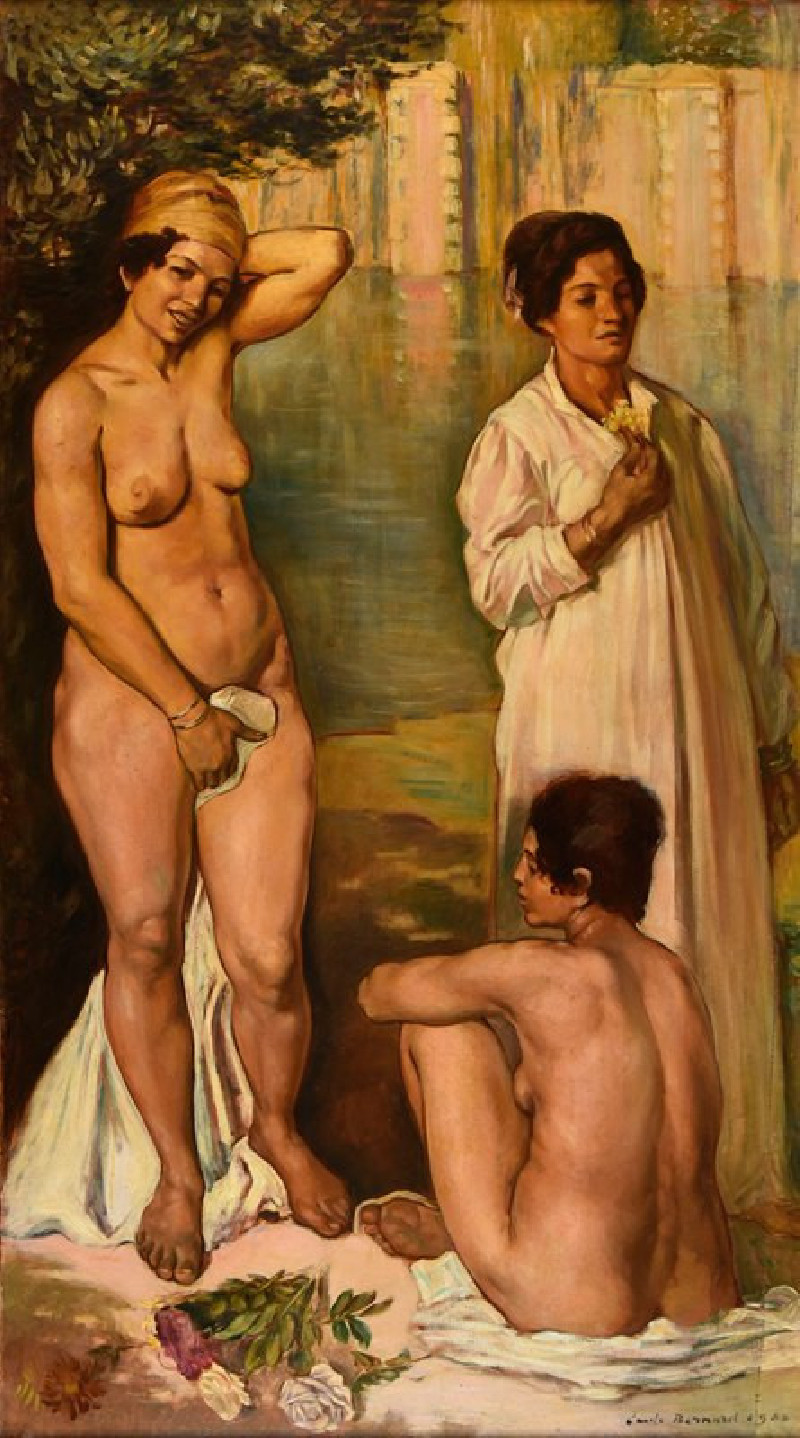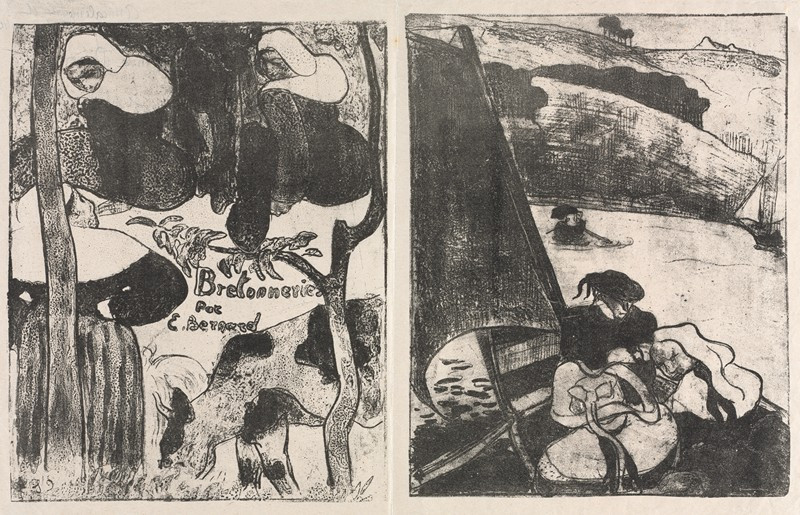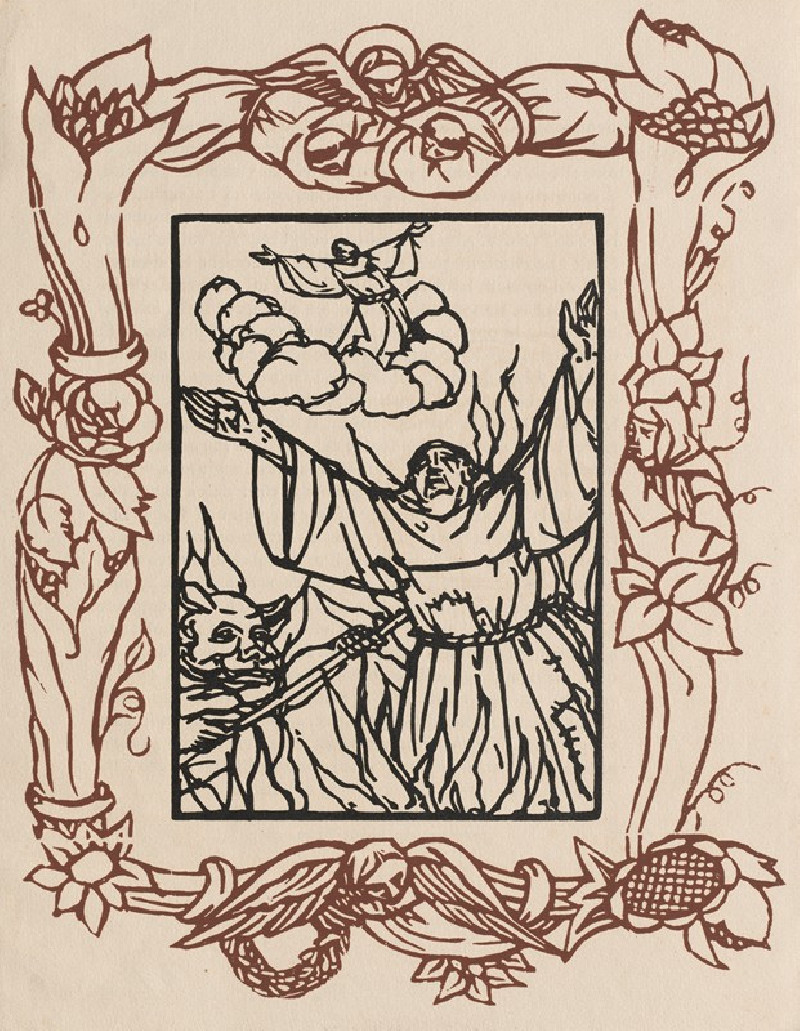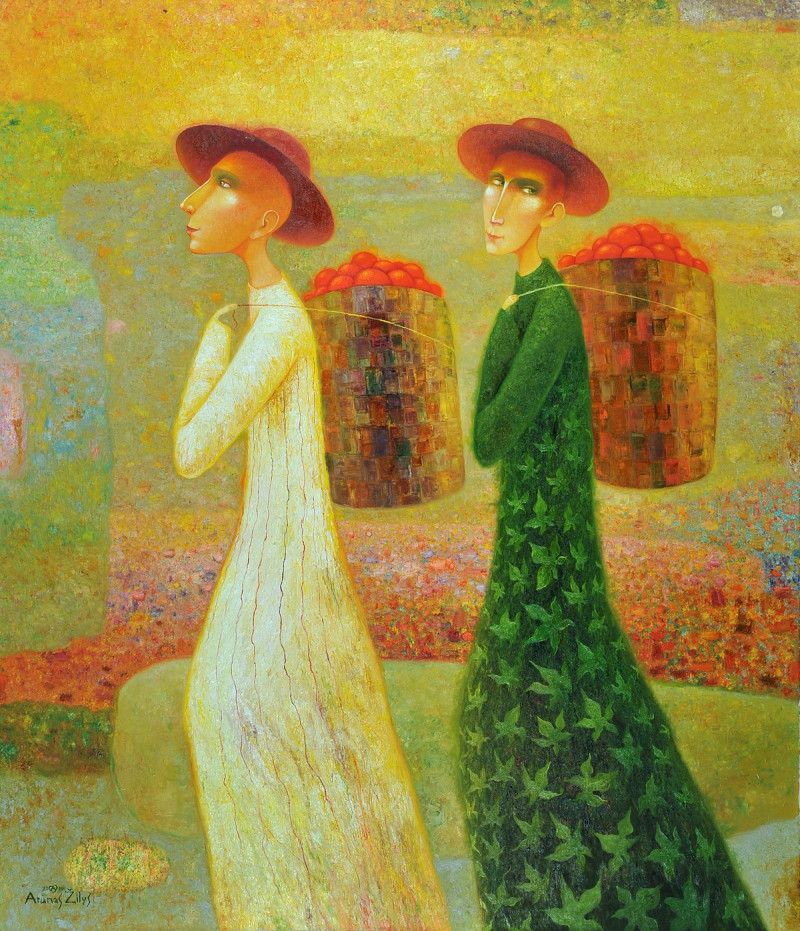Paysage Près De Tonnerre (1905)
Technique: Giclée quality print
Recommended by our customers
More about this artwork
Welcome to a visual journey with Émile Bernard's remarkable 1905 painting, "Paysage Près De Tonnerre." This striking landscape offers a compelling glimpse into the natural surroundings near Tonnerre, a charming location in the Burgundy region of France.In "Paysage Près De Tonnerre," Bernard captures a rustic woodland scene infused with modernist sensibilities. The painting is characterized by bold, expressive brushstrokes and a rich palette of greens, blues, and earthy tones that construct the serene yet dynamic landscape. The foreground is dominated by robust trees, their trunks and branches etched distinctly against the softer background, guiding the viewer’s eye through the composition.The middle ground reveals a series of fragmented structures—perhaps houses—interspersed amidst the trees, suggesting the presence of a rural settlement. The play of light and shadow, combined with the geometric abstraction of the buildings, adds a layer of intrigue and depth to the scene.In the background, the subtle contours of distant hills line the horizon under a muted sky, contributing to the overall calmness and harmony of the countryside setting. Bernard’s treatment of light reflects a particular moment in time, possibly the early hours of dusk or dawn, enhancing the mood of tranquility.Through "Paysage Près De Tonnerre," Émile Bernard not only documents the beauty of the French landscape but also exemplifies the evolving styles of early 20th-century art.
Delivery
Returns
Émile Henri Bernard (28 April 1868 – 16 April 1941) was a French Post-Impressionist painter and writer, who had artistic friendships with Vincent van Gogh, Paul Gauguin and Eugène Boch, and at a later time, Paul Cézanne. Most of his notable work was accomplished at a young age, in the years 1886 through 1897. He is also associated with Cloisonnism and Synthetism, two late 19th-century art movements. Less known is Bernard's literary work, comprising plays, poetry, and art criticism as well as art historical statements that contain first-hand information on the crucial period of modern art to which Bernard had contributed.











